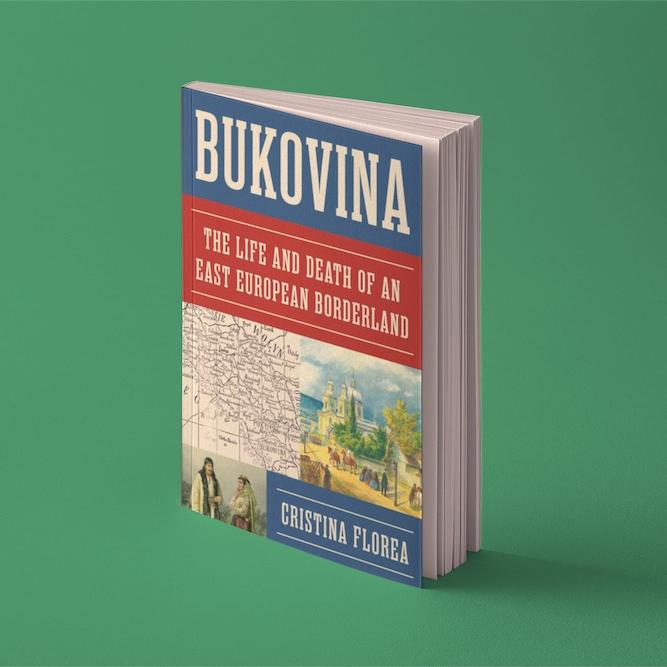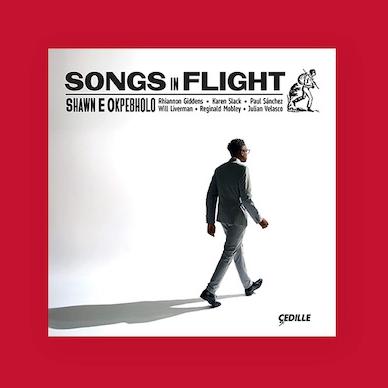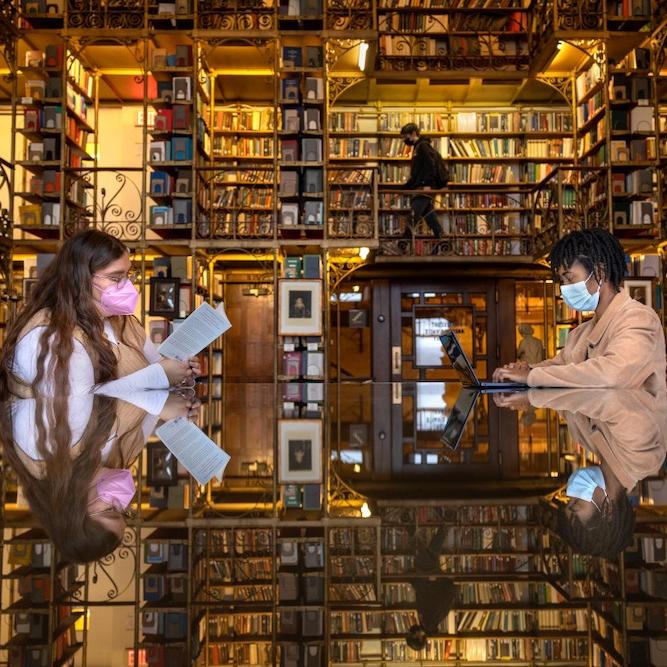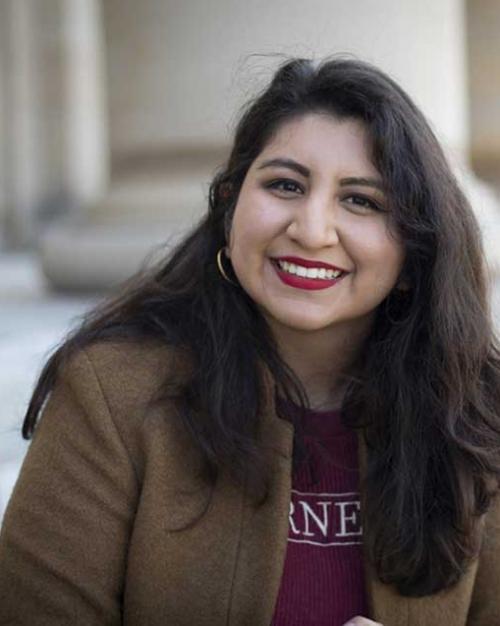As a first-generation college student, I have found it exciting to contextualize Cornell’s historical impact and gain a general sense of how universities came to be and what they mean today. Taking the course The First American University (AMST 2001) and, the following year, serving as the undergraduate teaching assistant for it, has allowed me to see Cornell as more than merely an institution.
It is easy to feel hopeless about institutional change, but there is also hope in building community – no matter how small or large – at Cornell or because of Cornell. This class bridges that gap, between an institution and the individuals within it, which then informs a holistic student experience.
Cornell students come from heterogeneous backgrounds. Reflecting upon my undergraduate experience as it comes to an end, I know there are individuals with whom I have never crossed paths during my time on the Hill. However, should we cross paths 10, 20 or 30 years from now, our time at Cornell will be a bond that will spark a conversation. Regardless of college, the clock tower and free popcorn at Willard Straight Hall will be quintessential memories that shape a Cornellian’s everyday life (pre-COVID, that is).
There are few instances through which Cornellians can come together and share these commonplace experiences – O-Week and Slope Day bring together almost the entire student body and help make Cornell unique. As a student in AMST 2001, I loved learning about its distinctive history. As a classroom assistant, it was interesting, and challenging, to experience the shift from an in-person setting to a virtual platform.
Folks used to arrive 30 minutes early to reserve rows of seats in Uris Hall G01. Now, there are nearly 1,000 students we can’t see. But while we’ve lost some camaraderie, it has been great to be a part of a community that reconvenes weekly for what most students fondly refer to as “Storytime with Corey.”
The communities with which I identify most at Cornell are not often satisfied with the larger systemic issues perpetuated at this institution. Cornell is imperfect, but we all chose it, and, in some strange way, Cornell also chose us. This class brings together these mixed feelings, while instilling pride for Cornell’s role as a pioneer for higher education and those who can access it.
The First American University is that one course that, for the past decade, has brought together students across multiple disciplines (besides Introduction to Wines, of course). It’s like the ultimate capstone course for Cornell seniors, and, for the few undergraduates who take it early on, it’s a fun class to learn more about the community they have joined.
Perhaps 10, 20, or 30 years from now, two students will bond over hissing in class every time Harvard was mentioned or logging in every Monday during a pandemic in anticipation of that week’s special guest. Beyond the surface, AMST 2001 informs students of a rich history that connects Cornell to a world beyond Ithaca.
Estefania Perez ’21 was the undergraduate assistant for AMST 2001 in spring 2020 and 2021 and is a government and history major in the College of Arts and Sciences. She was chair of the Orientation Steering Committee in 2019-20 and was the executive director of Slope Day 2021.
This story originally appeared in the spring 2021 issue of Ezra magazine.






